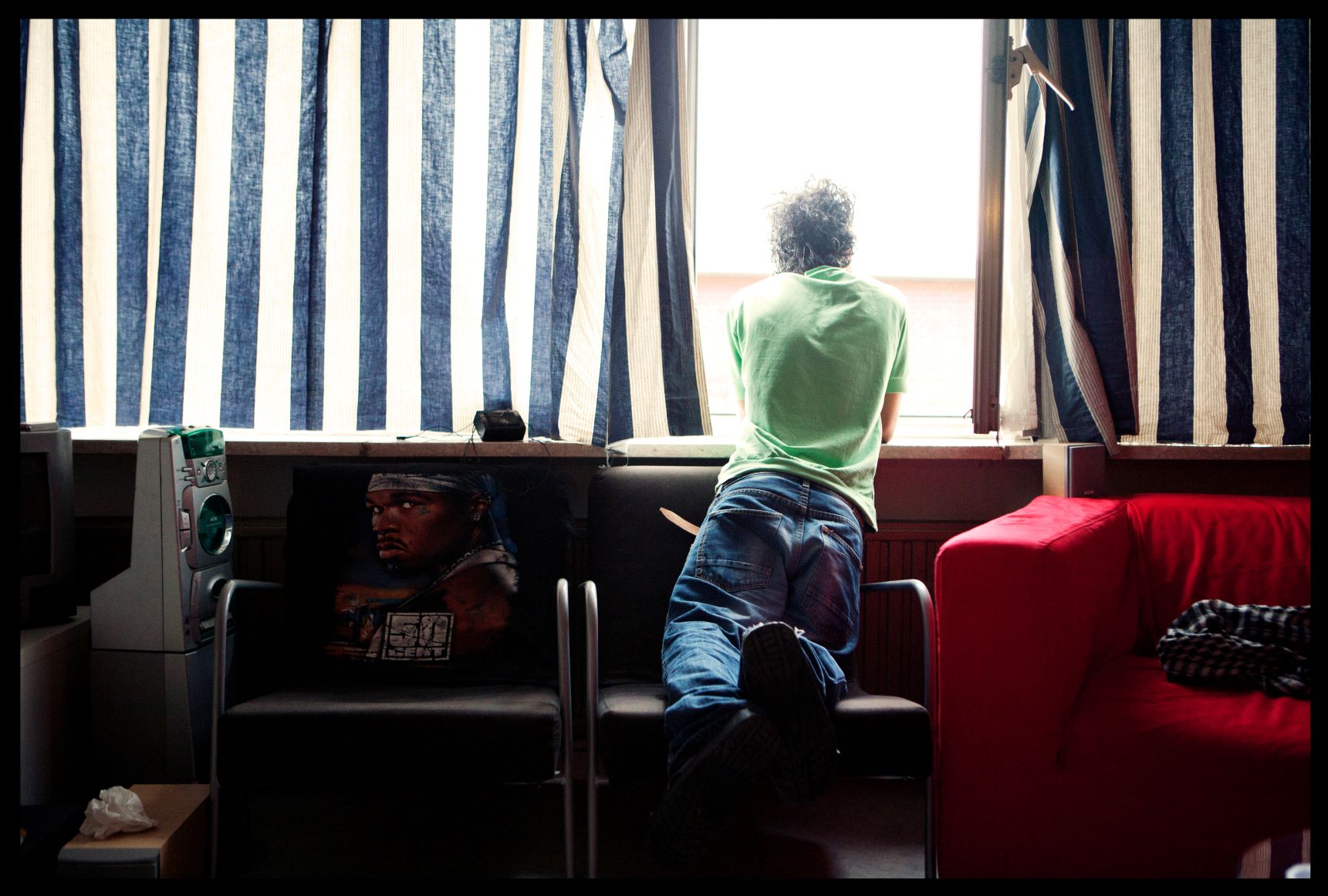Homelessness
The European Typology of Homelessness and Housing Exclusion (ETHOS) sets a framework for defining homelessness across Europe. It defines possessing a home across three domains – the physical, social and legal. The physical relates to having an adequate space or dwelling with which a person can exercise exclusive possession. The social elements relates to maintaining privacy in that space and enjoy relations and socialise within. The legal then relates to the right to occupy that space. Broadly speaking homelessness is categorised by ETHOS in the following way:
- rooflessness (without a shelter of any kind, sleeping rough)
- houselessness (with a place to sleep but temporary in institutions or shelter)
- living in insecure housing (threatened with severe exclusion due to insecure tenancies, eviction, domestic violence)
- living in inadequate housing (in caravans on illegal campsites, in unfit housing, in extreme overcrowding)
Youth homelessness
In Europe there is currently no agreed definition of what constitutes youth homelessness. A European definition is currently under development. However the Canadian approach refers to the situation and experience of young people between the ages of 13 and 24 who are living independently of parents and/or caregivers, but do not have the means or ability to acquire a stable, safe or consistent residence.

Ending Youth Homelessness
Requires the implementation of innovative programs and housing solutions tailored for the specific needs of young people, and structural changes within the operations of homeless-serving systems as well as of mainstream systems, including a shift towards prevention strategies, housing led policies and approaches embedded in human rights
Mind shifting
Rather than ‘managing’ homelessness through emergency services, a strong prevention approach mandate action from mainstream systems and departments of government in cooperation with the homeless-serving sector. The transformation of public systems, including child welfare, education, mental health, income supports and criminal justice and their enhanced integration, which can facilitate broad systems of care, is essential.
Collective impact
involves a group of relevant actors from different sectors working together to address a major challenge by developing and working toward a common goal that fundamentally changes outcomes for a population by using:
- Common Agenda
- Shared Measurement Systems
- Mutually Reinforcing Activities
- Continuous Communication
- Backbone Support Organizations
Theory of change
is a specific type of methodology for planning, participation and evaluation that is used in the philanthropy, not-for-profit and government sectors to promote social change. Theory of Change defines long-term goals and then maps backward to identify necessary preconditions. It explains the process of change by outlining causal linkages in an initiative. Here is an interesting example from United Way KFLA.
After care
Aftercare refers to having systems in place to support youth leaving care. Many young people who “age out” of state care when they turn 18 find themselves on a pathway towards homelessness due to a lack of structural supports. This can be prevented. Authorities responsible for youth care (national, regional, local), youth care providers and youngsters in youth care all over Europe are struggling with their aftercare strategies. Too many youngsters who leave care become structurally homeless (often after a first period of independent living). A better preparation of life after the (residential) care is urgently needed. See Transition Support Tools.
Youth participation
Plans to end youth homelessness require the voices of youth with lived experience.
Creating a youth engagement strategy at the outset of the process and engage youth from planning through implementation is essential. As the real experts on their experiences, needs and interactions with organizations and systems, youth have unique perspectives on issues, are innovative problem solvers and can pose tough questions, identifying how systems have failed them. Engaging youth will lead to more responsive and appropriate decisions to meet their needs.
